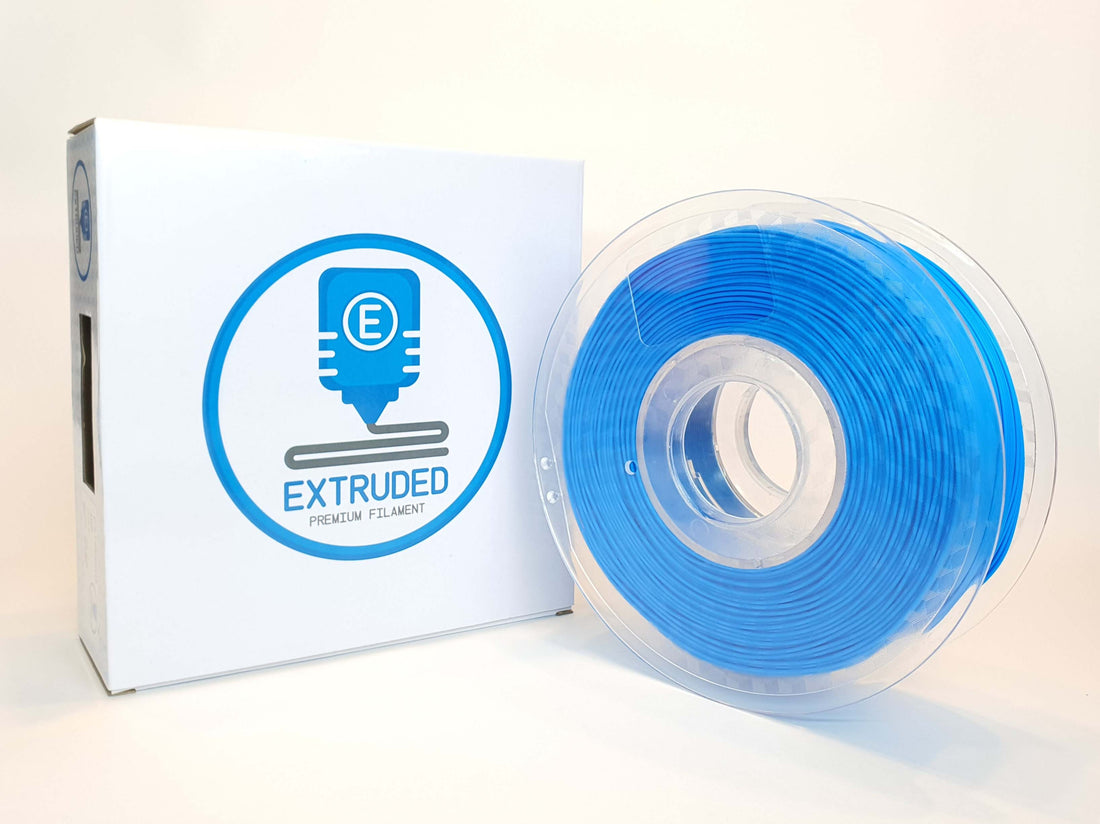Fused Deposition Modeling (FDM) is a type of 3D printing technology that is widely used in the industry due to its affordability, ease of use, and versatility. One of the key components of FDM printing is the filament, which is the material that is melted and extruded through the printer nozzle to create the object. In this blog, we'll take a look at the different types of FDM 3D printing filaments that are commonly used.
- PLA (Polylactic Acid)
PLA is a biodegradable thermoplastic that is made from renewable resources such as corn starch, sugarcane, or tapioca roots. It is a popular choice among 3D printing enthusiasts due to its ease of use, low cost, and availability in a wide range of colors. PLA has a low melting point, which makes it easy to print with and it doesn't require a heated bed. It is also a good choice for printing objects with fine details and sharp edges.
- ABS (Acrylonitrile Butadiene Styrene)
ABS is a thermoplastic that is used in a wide range of applications due to its strength, toughness, and ability to withstand high temperatures. It is commonly used for printing objects that require a high level of durability, such as automotive parts, toys, and electronic housings. ABS has a higher melting point than PLA, which means it requires a heated bed to prevent warping and cracking.
- PET (Polyethylene Terephthalate)
PET is a thermoplastic that is commonly used for food packaging and bottles. It is also a popular choice for 3D printing due to its strength, durability, and resistance to moisture and chemicals. PET filaments are available in a range of colors and can be printed at a high speed with a low nozzle temperature.
What is the difference between PETG and PET printing?
- Nylon
Nylon is a strong, flexible, and durable thermoplastic that is commonly used in the textile industry. It is also a popular choice for 3D printing due to its strength and flexibility, making it ideal for printing objects that require both. Nylon filaments are available in a range of colors and can be printed at a high speed with a high nozzle temperature.
- TPU (Thermoplastic Polyurethane)
TPU is a flexible and durable thermoplastic that is commonly used for printing objects that require a high level of elasticity, such as phone cases, shoe soles, and toys. TPU filaments are available in a range of colors and can be printed at a low speed with a low nozzle temperature.
- PVA (Polyvinyl Alcohol)
PVA is a water-soluble thermoplastic that is commonly used as a support material for 3D printing. It is used to print support structures for objects that have overhangs or complex shapes, and can be dissolved in water after printing to leave a clean and smooth finish. PVA filaments are available in a range of colors and can be printed at a low speed with a low nozzle temperature.
In conclusion, these are the most common types of FDM 3D printing filaments that are available on the market. Each type of filament has its own unique properties and characteristics that make it suitable for different types of applications. When selecting a filament, it is important to consider the properties that are required for the object being printed, such as strength, flexibility, durability, and resistance to temperature and chemicals.

